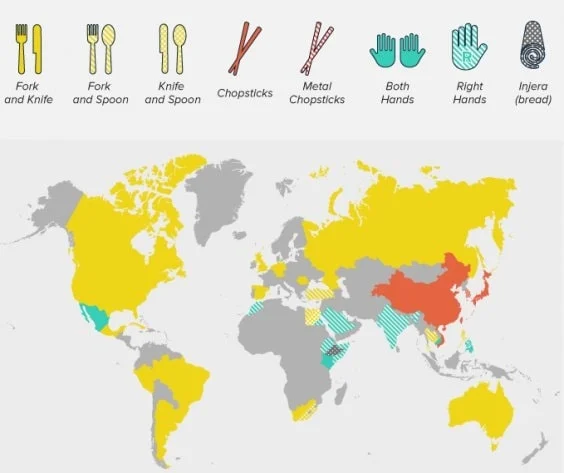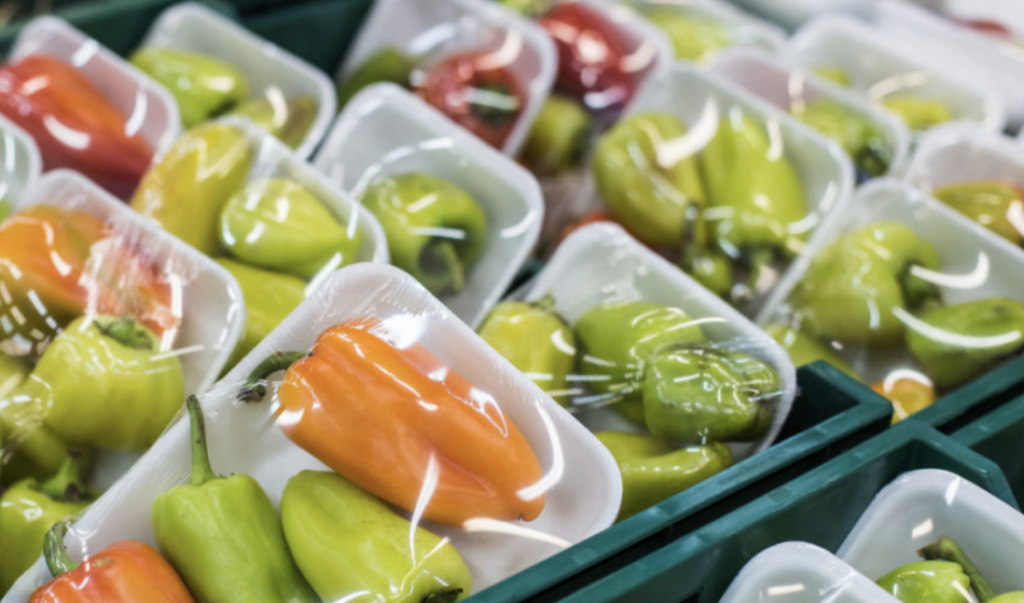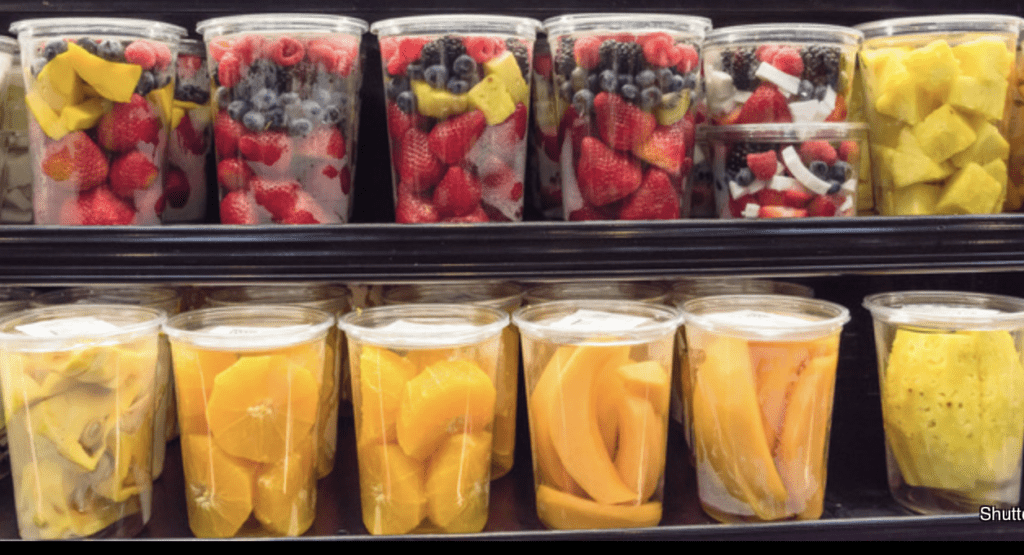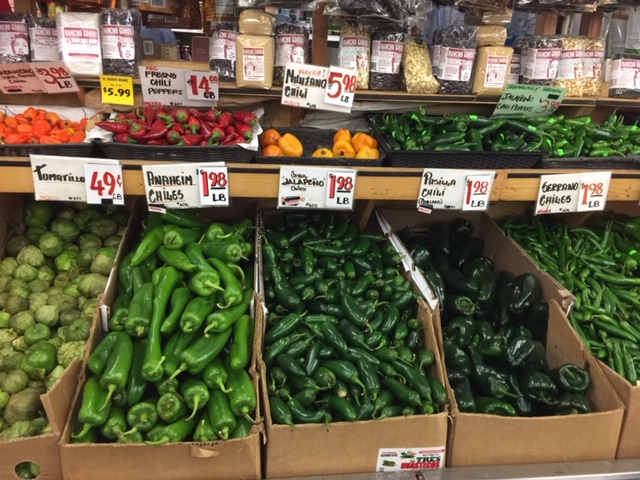
I watched a YouTube channel that shows SE Asian ”tribal people” (their phrase) trying out various Western foods like burgers, fried chicken, pizza, Cobb salad, etc. While eating the salad, one of the people mentioned how they are grateful for learning new skills, such as using a fork. But he was having problems with the salad, so he put the fork aside, and started to eat the salad by hand. This put a smile on my face, as my spouse will tell you, I happen to love eating ”fingered food”. I am one of those people who cannot help but immerse myself in the food I love to eat. Something, we in the West are loosing.
—**—

Food is Physical
I have written about cooking food, Cook as Alchemist, and how all of our senses are involved in cooking.
- We see the ingredients, and plate the dishes for visual effect.
- We handle the food as we wash and slice ingredients, touching and feeling texture.
- Hear the sizzle of oil as we fry food, or the pop of popcorn, and the chopping sounds of knife on cutting boards.
- Smell the food being baked or roasted, the aromas that bring up memories of a restaurant, home, or a best friends mom.
- We feel the steam on our faces when removing lids from rice, or opening a bamboo steamer for a dumpling.
- We taste the foods to gauge saltiness or doneness, feeling heat or cold.
- We even use our brains to calculate ratios as we cook, or measure and weigh ingredients.
But really it is much more than that. Food itself is a physical thing. It grows in specific environments, it is harvested, processed, transported, and displayed; passing through a long line of people touching it and moving it on until it finally comes to us. We then eat it, and as we digest the food, it breaks down it feeds our bodies. So food is very, very physical.
Western Experience
However, little in our current way of shopping involves us having a physical understanding or relationship with food, what we buy is often all down to data, placement, and marketing.
As modern Western people, we are understood to be consumers, we primarily rely on our visual skills to look at the food already cut, sliced and prepackaged in plastic to see if it looks good. Or we buy food in paper or tinned containers, processed food that are filled with dried, dehydrated, shriveled scraps of noodles, soup broth, chemicals, and perhaps some veggies.
We order on-line for home delivery, and if shopping in-person we review the expire-by-date to decide if we should purchase that can or bottle. We buy from certain grocery aisles, based on color, advertisements we’ve seen, or what shelf the food is on. What we do not do, is interact with our food. We do not understand where our food comes from. We are more isolated than ever before, from the natural environment food comes from.
But, what my grandparents did was to physically interact with their food. My grandparents lived in a time of global scarcity due to war, wrecked economies, poor soil leading to food scarcity. So they planted home gardens and raised chickens, they canned and pickled, and stored food in root cellars. They learned from their parents how to forage directly from what the land provided.
When shopping, they visually inspected and looked all around the veggie or fruit, and the meat, fowl, or fish as well. They sniffed, tapped, prodded, and squeezed the food while shopping. They knew about their food, how to select it, if it was ripe, when it was bad, which choice to make among various varieties, how to best store it at home, etc.
In fact, when I or my spouse go out to shop for food, we call it hunting + gathering because we understand that is, in fact, what we are doing.
Modernization Loses Physicality
TheGuardian quoted Prof Barry Popkin about a process he has called the “nutrition transition”. His argument is that globally, as countries undergo economic development, they undergo a transformation in how and what people eat almost everywhere. There has been a shift from meals to snacks; from savoury to sweet; from local, homemade dishes to the same homogenised, ultra-processed foods made by multinational food companies. And with each step, we have become divorced from the reality of food.
It is noted that our global Industrialized Factory Farming has resulted in lower rates of hunger worldwide. But also, there has been an increase in diet-related diseases (diabetes type-2, heart disease, depression, asthma, cancer, etc.). Further, research has added obesity to the malnutrition definition, as people can now be well-fed but lack in basic nutrition such as protein and various vitamins.
Modernity has brought several positive notes with regards to food.
- Universally, basic food has gotten cheaper with industrialization.
- Food production has been growing to meet global population challenges.
- Food is safer than ever before.
- Disabled people have better options with choices that may address specific disabilities.
- Cannot hold a knife, there are pre-cut foods.
- Cannot shop, there is food delivery (meals or groceries).
- Bad arthritis, there are alternative kitchen tools.
- Cannot consume salt, there are alternatives.
- Fast paced life, has brought fast and processed food so even if you do not know how to cook you can still eat at home.
- Modern preservation provides nutritious food with long shelf life.
- Foods can now be enhanced with nutrition and fortified.
But none of the ”advantages” cancel out the impact of not knowing much about where our food comes from, and how it comes to us so conveniently.
Changes to How We Hunt + Gather
Consistently, I have advocated that we have to change how we decide on the food we want to cook. While I have often focused on choosing our food by choosing our farmers well, there are other ways to fight the way our culture is trying to divorce us from our food and nature itself.

First, is to remove the idea that you want your fruit and veggies packaged in plastic. France is banning plastic wrapped foods, which is a good step in the right direction, and I have read Spain is not far behind.
Not only is all the packaging bad for our environment, but it prevents us from actually inspecting the food properly. Salad comes pre-washed, pre-mixed, with packets for dressing. We cannot know how fresh it is, but for the date. In fact, there are many things people today are unaware of, such as:
- Lettuce grows with roots and dirt, and need to be washed before eating.
- Leeks need to be sliced, washed between each layer, and both the white and green parts can be cooked and eaten.
- Carrots skin does not need to be removed prior to eating, just wash them and they can be eaten raw. Did you know they come in all sorts of colors, and orange is the newest color developed (see carrots).
- All colored bell peppers look similar, but are not the same plant. Green ones are immature red ones, but other colors are different plants (see Bell Peppers).
- White-green-brown/black peppercorns are the same fruit; green is the immature fruit, brown/black is mature, and white has the outer shell removed. Pink is not a peppercorn. After reading this post, Cook Rob reminded me that Sichuan peppercorns, are from the same family containing citrus fruits.
- You can also eat cucumber skins raw, but washed.
- Herbs can have bugs on them, so wash them before using.
- Slightly wrinkled bell peppers can still be eaten, but not soft or mushy ones.
- You can buy dried beans, they do not all come in cans.
- Rice and bamboo are both grasses.
Children, and some adults, no longer even know what the food they eat looks like in its natural state. For instance, few children know that the chicken nuggets (if it is meat) are Chickens. Hamburgers are mainly ground-up cows after they can no longer provide milk. Bacon are pigs. Hot Dogs are bulls, or turkeys, or chickens. Yes, these are brutal facts about our food, but these truths need to stop being hidden.

Second, is to not buy expensive pre-opened, peeled, or pre-cut food. Not only does this processing introduce potential contamination and oxidation to our food, but it makes the food more expensive.
- I can understand pre-cut squash, for some people find it hard to cut the tougher squash safely.
- I can even understand pre-cut pineapple, cause it can be a messy pain to get all the nubby skin off the fruit.
- But pre-sliced mushrooms go bad quicker and save relatively little time as these fungi are quick and easy to slice.
- Apples, lemons, limes, mangos, cabbage, broccoli heads, are all easy to slice.
- You can make a fabulous fruit salad, coleslaw, potato salad, pasta salad all on your own.

Third, do not be afraid of purchasing imperfect foods. From working on farms, I know that the imperfect foods often ended up on the farm’s family or workers tables, while the perfect looking veggies or fruit went to market. But the fact is we can all eat the imperfect food, as it has the same nutritional value as the perfect ones.
- Heirloom tomatoes often have scabby looking scars on their skins, but they are okay to buy and consume provided they are not actually split. They also taste better than beef steak mushrooms (seeTomatoes).
- Broken dried pasta are still good to cook and eat.
- Carrots with multiple ”legs” are great cause they can even cause us to laugh.
- Imperfections on the skin of watermelon do not indicate a defect or problem.

Fourth, use your senses to choose the best foods from what is marketed to you. Smell, inspect, touch, thump, squeeze, and weigh food using your eyes, ears, nose, hands, and if you have a chance taste.
- Visually inspect your food, looking for mold on berries, slimy spots on mushrooms, brown spots on cauliflower
- Sniff the food to make sure it smells like it should, for instance, fish should not smell fishy (unless dried, or is Surströmming (but I do not recommend that food anyway)).
- Gauge the size and weight for appropriateness, an avocado that feels awfully light may be bad.
- Squeeze (gently please, no bruising) for ripeness works on peaches and avocados.
- The food should be the right color, a pale brownish color on raw beef is not something I would buy.
- I thump watermelons, and if ripe, they sound deeply hollow.
- Mature, ripe coconuts are brown, and their 3 eyes are softer than the skin.
- For pineapples I smell their bottoms for sweetness, and give a gentle squeeze looking for the fruit to give a bit. Some remove a top green leaf to see if it comes out easy.
- Skip zucchini’s that are too large, for they are often just bland and fiberous.
- To gauge juiciness of limes I look for them to feel heavy.
- Cucumbers are ripe when dark to bright green and not yellow.
- Mushrooms smell earthy when ripe, skip when sour or fishy smelling.
- I smell cow’s milk to know if it is good to drink or not.
- Tofu should be white, and fresh-smelling, but if discolored or smells sour it is too old to consume or has had drastic changes in temperature (see Styles of Tofu).

Fifth, learn more about your favorite food ingredients and how to best pick and cook them.
- An eggplant is an eggplant, but in fact there are varieties that are different color, sizes, and can be cooked and used differently in dishes.
- Tofu is shelf-stable if in cartons, but these are often made with GM soybeans and may have poor flavor. (I tend to buy Organic Hodo Tofu.)
- Learn about all the varieties of rice, and how they can be used with different rice cooking techniques to make a variety of dishes (see Five Ways to Cook Rice).
- Pomelo’s have thick skin but their pith is very large relative to their fruit, so bigger is not always better. So I go for how much it weighs in my hand relative to its size.
- At Farmer’s Markets I always want to taste the peaches before I buy because we can now grow perfectly looking peaches with little taste, the same for tomatoes and other veggies. I also do this with cheese mongers, and chocolate.
Sixth, do not confuse ultra-processed food with healthy, nutritious food, these are two separate items in the food chain. There is food we buy that are not really food. Sure they may fill our bellies, or bring satisfaction to our mouth, but bring nothing to our bodies that can truly sustain us. Here is a list of my opinion on what those things are.
- American cheese is not cheese. It has <50% cheese and the rest is additives and fillers. The color is abnormal, the texture is too smooth, and its shelf life is too long. (But to be truthful, I do like it sometimes on certain sandwiches.)
- Pringles are not potato chips. It has <43% potatoes. The texture is not potato-like, and its taste is artificial to me.
- Naked Juice has as much sugar, or more, than soda (1). Tasting this drink is all it takes to recognize the flavor of high sweet.
- Aquafina is regular tap water, and it tastes like it too. Bottled water should be off our lists these days anyway.
- Most of the vanilla in vanilla-flavored foods is not from the vanilla bean. We have forgotten what real vanilla tastes and smells like.
- Most crackers are similar to chips, made with refined grains and flavoring built around fat, salt, and sugar (2). It is possible to easily make your own.
Seventh, learn to eat with your hands as a fun way to experience your food and to get children involved. To get children involved in food I like the idea of elementary school gardens, using that to augment school lunches, and then using our hands to eat.
We eat with our hands in the USA, in certain fast food conditions. Pizza, hamburgers, french fries and hot dogs are all approvingly eaten by hand.
But I love the two cuisines that feature hand and bread as a way to eat foods, no utensils. Picking up and tasting the food is a fun and makes me enjoy the food even more. It provides a new tactile sensation to the aroma, visuals, and textures of the food.

- Ethiopian food is served with teff (or a teff + wheat flour) Injera flat bread that is used to eat the food.
- Moroccan food is served with bread and that is used to dip into the central stew (see Moroccan Cuisine).

So let’s spend precious time to visit the farmers markets, and the farmers; and touch, smell, taste, and learn more about our foods.
—Patty
—**—